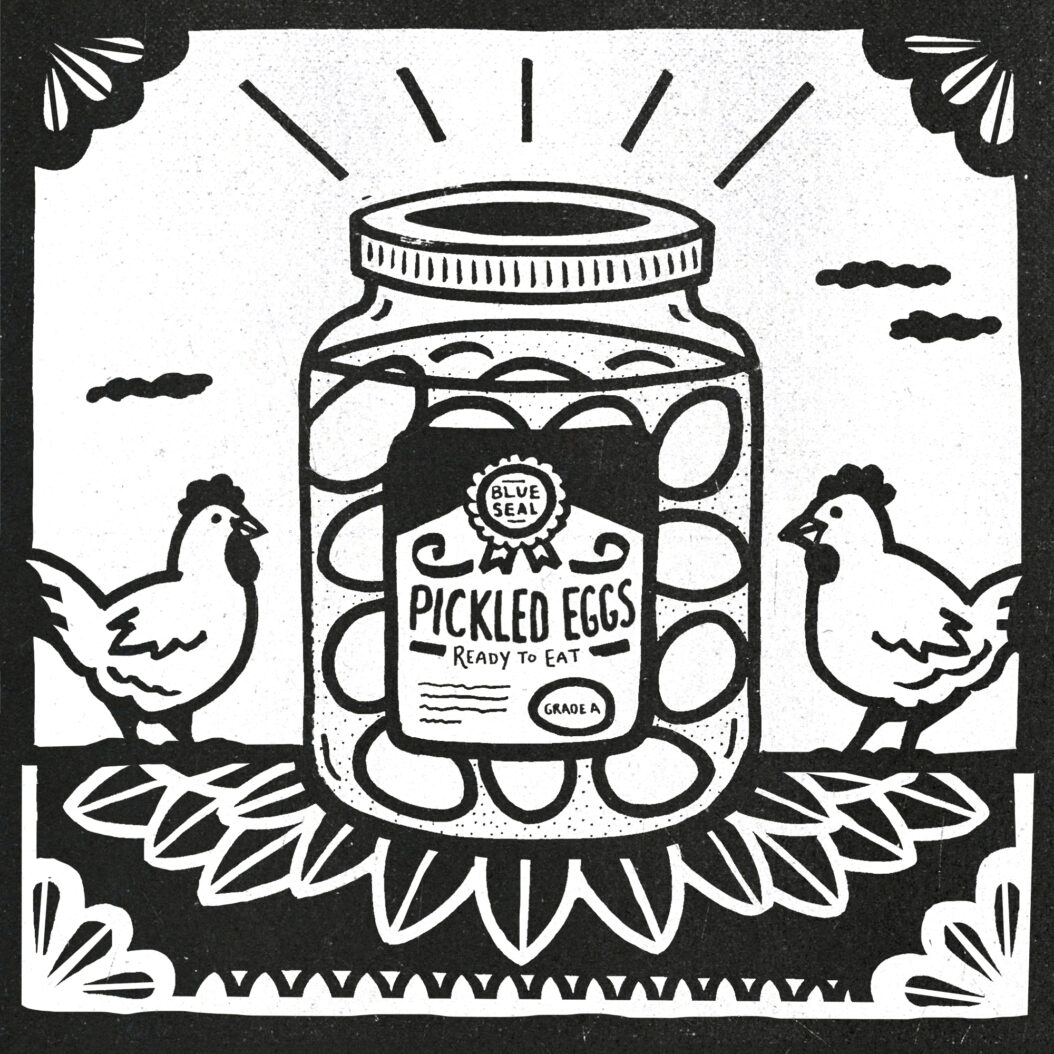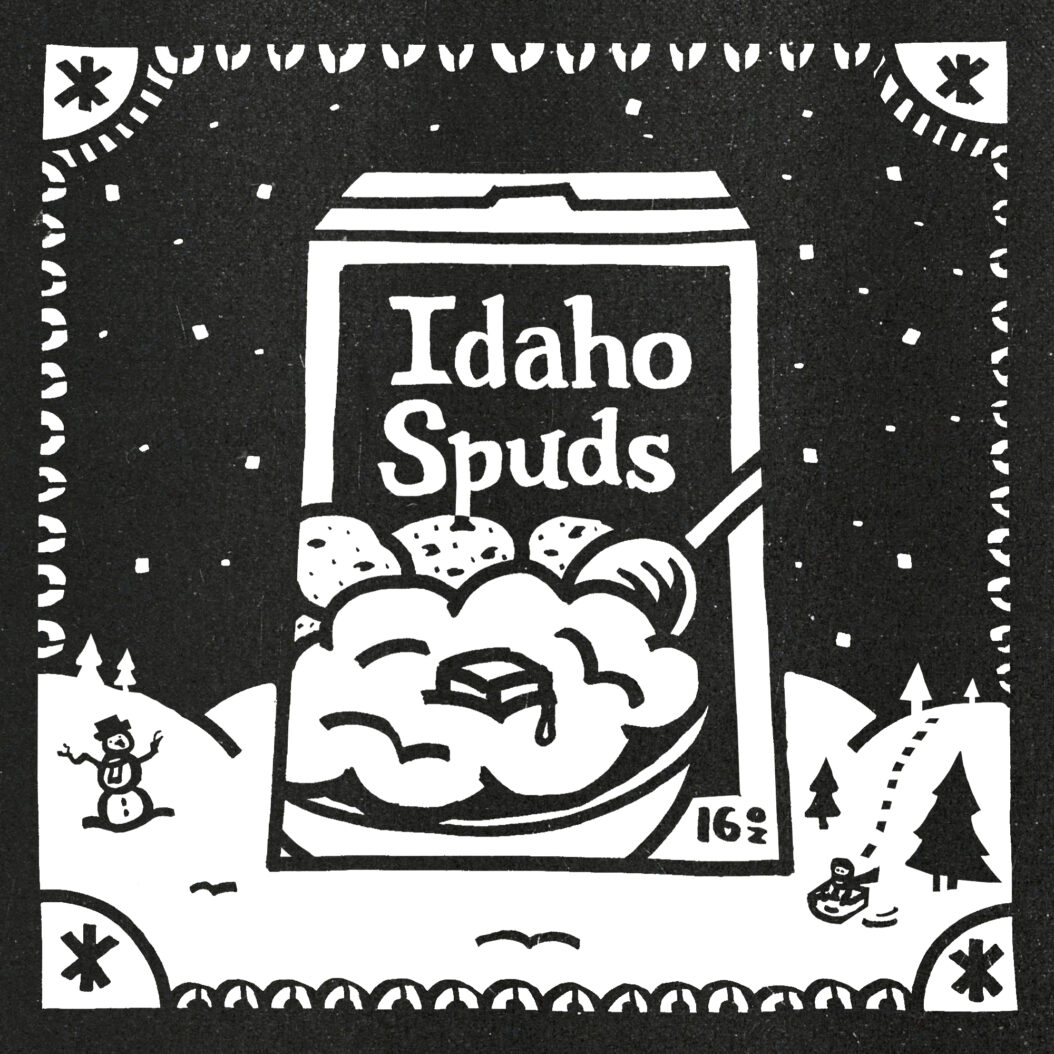
Go west, young man, and eat deviled ham: A story of innovation, war, and spicy meat.
The Underwood brand began selling preserved foods in 1822. Ketchup, Mustard, Cranberries… You know, the basics. As time went on, the offerings expanded to include seafood. This was important for all those folks in the USA moving west in the 1840s-1860’s. Because no matter how inspired you were by Horace Greeley, you still had to eat. And a lot of these settlers had very little experience with farming/food production. So a can of oysters would come in handy.
As the United States government was giving away land that didn’t belong to it, another storm was brewing, the Civil War. And as always, the problem of getting food to soldiers was a pressing one. The Underwood company stepped in and sold its canned goods to Union and Confederate soldiers alike. (Capitalism!) And as those soldiers were eating cans of mackerel, so were the Southern folks at home. Their food supplies had been choked by blockades, and canned fish became a staple.
Deviled Ham surfaced after the war, in 1868. It was a spicy ground ham spread, and folks loved it. (Deviling, by the way, is just making foods spicier. And the logo for Deviled Ham is the devil. Because hell is hot. Obviously.) Deviled Ham was a huge success because it was delicious, they spent a ton of money on advertising, and it could be used in a boatload of ways. Keep in mind that canned foods were special. They were not second best to fresh foods, but a novel invention that let people enjoy foods that they otherwise wouldn’t have access to.
Speaking of inventions, the canned good was not without its flaws. Often the cans would bulge and explode, resulting in a tremendous amount of food waste. And injuries, I assume. So in 1895, the grandson of old Underwood went to the biology department of MIT and was like, “Let’s get to the bottom of this.” The worked on it every afternoon, and eventually discovered a time/temperature formula that would work to stabilize foods.
Sometimes a canned good takes us from the American West, to the halls of MIT. From a wartime encampment, to a suburban sandwich. It is a messy history that is bigger even than Deviled Ham.



